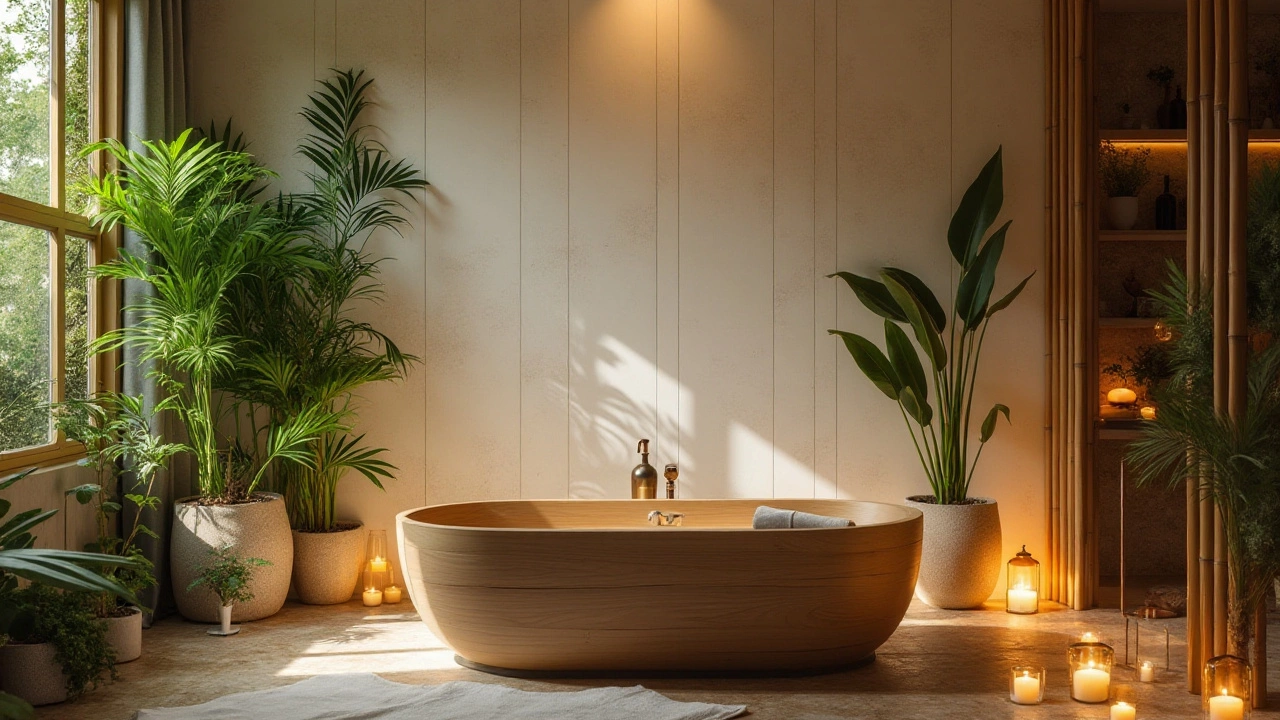Discover how to turn your bathroom into a serene retreat with our guide on creating a zen bathroom. Learn about selecting the right accessories, incorporating natural elements, and choosing calming colors to enhance your relaxation space. Perfect for anyone looking to add a touch of tranquility to their home.
How to Create a Relaxation Space That Actually Feels Calm
Ever walked into a room and felt the stress melt away? That’s the power of a well‑designed relaxation space. You don’t need a huge budget or a fancy designer – just a few smart choices. Below are practical steps you can start with today.
Pick the Right Tiles and Flooring
Flooring sets the tone. Smooth, cool tiles work wonders for a spa‑like feel, especially in bathrooms or open‑plan areas. Choose neutral shades like soft greys or warm beige; they reflect light and keep the room looking airy. If tiles aren’t an option, a low‑pile rug adds comfort underfoot without overwhelming the space.
Lighting That Soothes, Not Stresses
Bright, harsh lights can ruin a calming vibe. Opt for dimmable LEDs or warm amber bulbs. Place a floor lamp next to a comfy chair for reading, and add a few candles or LED strips behind a mirror for a gentle glow. Natural light is best, so keep window treatments light – sheer curtains or blinds that let daylight filter in.
Next, think about furniture. A plush sofa or a deep corner chair creates a perfect spot to unwind. Look for pieces with soft upholstery – cotton or linen in muted tones work well. If space is tight, a sleek recliner or a low‑profile daybed can double as a lounge and a guest spot.
Accessories are the finishing touch. Add a few indoor plants for fresh air and a hint of green. A small side table holds a favorite book or a cup of tea, while a soft throw blanket invites you to curl up. Keep décor minimal – a single piece of artwork or a textured wall panel adds interest without clutter.
Finally, consider scent. A subtle diffuser with lavender or eucalyptus can turn a regular room into a mini‑spa. Pair it with gentle background music or nature sounds, and you’ve got a full‑sensory relaxation zone.
Putting these elements together doesn’t have to be done all at once. Start with one change – maybe swapping the lighting – and see how it feels. Then add a rug, a plant, or a new piece of furniture. Each step brings you closer to a space where you can actually unwind after a long day.
Remember, the goal is simple: create a spot that feels inviting, calm, and easy to use. When you walk into your relaxation space, your mind should shift to a slower pace. Follow these tips, experiment a bit, and enjoy the peace you’ve built at home.
